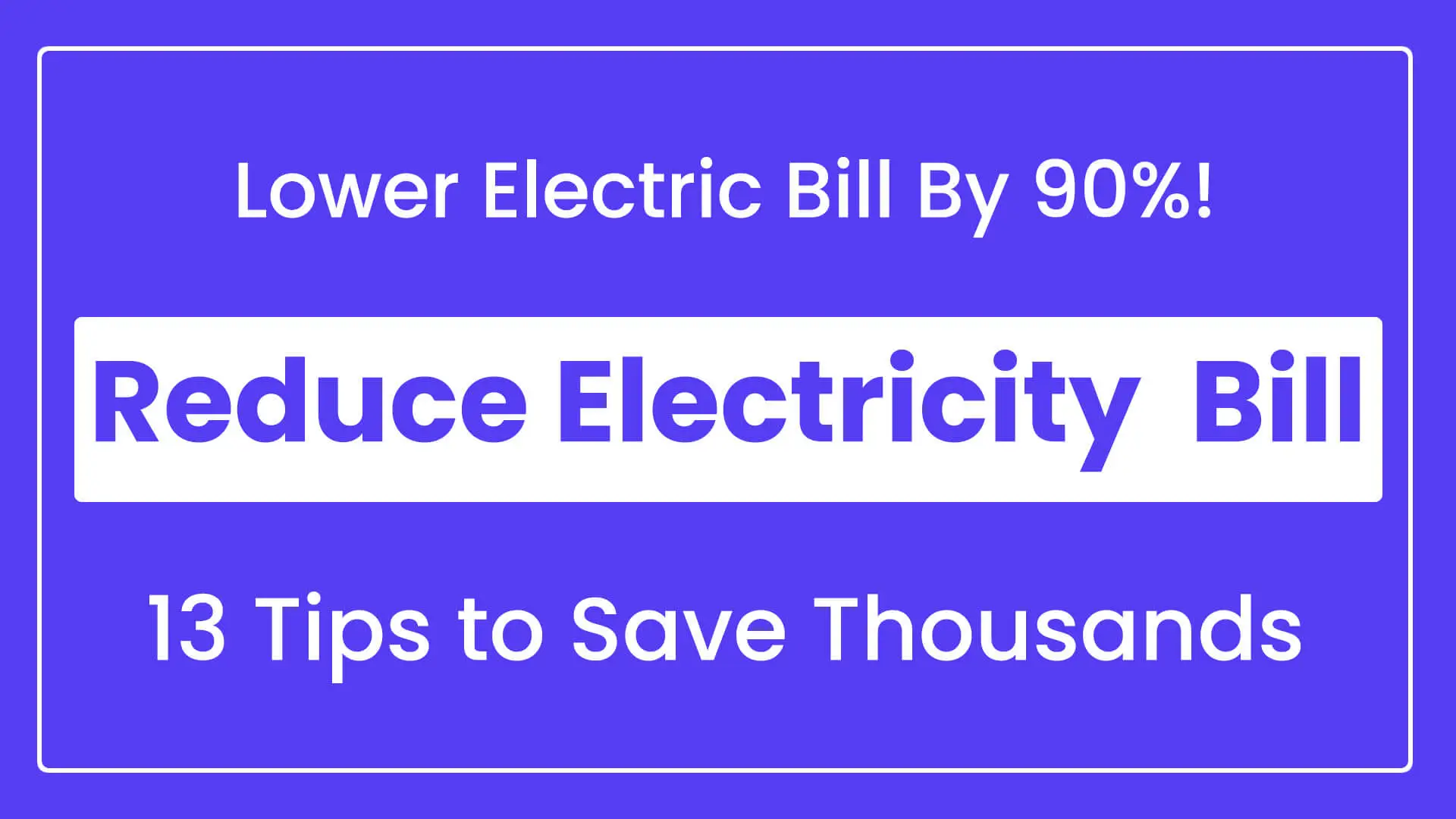Reduce Electricity Bill by 90% [13 Tips to Save Thousands]
It is an art to reduce electricity bill without compromising on your comfort during hot summer days. Knowing how to reduce electricity bill, first, is the key to mastering this art.
How to Reduce Electricity Bill?
This article outlines 13 proven tips to lower electric bill by 90% without making a cut on your budget.
But for those wondering ‘why is my electric bill so high?’, it’s essential to know the nitty-gritty of it. So, we first begin with the main reasons behind inflated bills.
Why is Your Electric Bill So High?
In 2022, the average electric bill a household in the U.S. would pay was $137 per month. This means, $1,600 would go into electricity bills annually, reported the U.S. Energy Information Administration.
For the Pakistani residential power consumers, however, the average electricity bill counts on different rates. According to the National Electric Power Regulatory Authority (NEPRA), the electricity rates are as:
| Description | Total |
| 101-200 Units | 9.68 |
| 201-300 Units | 11.77 |
| 301-700Units | 20.82 |
| Above 700 Units | 23.92 |
Referring to this price table of electricity costs, the average electric bill in Pakistan is about Rs. 3531 per month.
Some of the reasons for your electric bill going so high can be as:
- Old appliances
- Faulty appliances
- Household appliances
- Vampire appliances draining power
- Older, less-efficient appliances
- Inefficient lightbulbs
- Hidden energy consumption
- Peak time energy use
- Hot water
- Increased electricity rate
- Extreme weather
A significant chunk of the reasons for increased electricity bills are related to different electronics and appliances.
It thus prompts us to be more vigilant about power consumption by those appliances, doesn’t it?
Consumption of Power by Appliances
What electric appliances one would use more often during extreme heat outside the walls? The answer to this question is obvious, and simple. We use electric fans, air conditioners, and refrigerators to keep our edibles cool and safe.
Now, the approximate units of electricity these appliances consume per day is the lock to open.
A regular 80-watt electric fan is likely to consume 4 units of electricity per day.
However, a one-ton inverter or 5-star AC consumes 1.5 kilowatts of electricity per hour, approximately. So, if it runs continuously for 12 hours, turning on and off consecutively, it consumes about 18 units of electricity.
Taking into account a typical household refrigerator, it consumes 1 to 2 kWh per day. That is 2 units of electricity, daily. Similarly, a TV consumes around 3 electric units for the same period of usage.
This insight into the usage of electricity by numerous electric devices over a specific time frame is useful. It serves as a key to better make a strategic plan to lower electric bill.
Given that, you may ask, what are some useful tips that should work for you? Well, here is the answer to it.
13 Tips to Reduce Electricity Bill Fast
As I said earlier in the beginning, reducing your electricity bill is nothing less than an art. You can learn this budget-friendly art rather more effectively with us.
Here are the 13 most effective tips to reduce your electricity bill.
1. Do an Energy Audit of Your Place
Doing an energy audit of your place can be an opportunity to cut costs and save on your bills. This can help you effectively manage and optimize energy consumption.
First thing first, pinpoint areas where energy is being wasted. Make a comprehensive evaluation of your home or business. And then, try to identify inefficiencies in lighting, appliances, and other electrical systems.
This should give you a true insight to prioritize and target specific areas that require improvement.
2. Cut Down on Energy Leaks and Power Drainage
Energy Leaks are the biggest reason behind power drainage and hefty electricity bills.
Look for any off yet still plugged-in electric devices and unplug them. Similarly, it is always a good idea to turn off lights and fans behind you when you leave your place.
Some electronics never truly power off, and you must switch them off manually.
So, you need to cut off the current for gadgets like TV, computers, speakers, and electronic chargers to power them off properly. To do this, you can plug these appliances into a power strip with a manual on/off button.
If otherwise, these devices sit in standby mode, and keep consuming power. This can cost around 5%-10% of the total home energy consumed and upto Rs. 30,000 a year!
3. Adjust Fridge and Freezer Temperature Settings
The ideal settings of temperature for the fridge and freezer compartments may vary depending on the manufacturing company. However, the standard temperature range is generally the same worldwide.
Here are the ideal temperature settings for the freezer and refrigerator compartments by some international cooling brands:
Ideal Temperature Settings for Freezer and Refrigerator

Bosch
- Refrigerator: Between 35-40°F (2-4°C)
- Freezer: 0°F (-18°C)
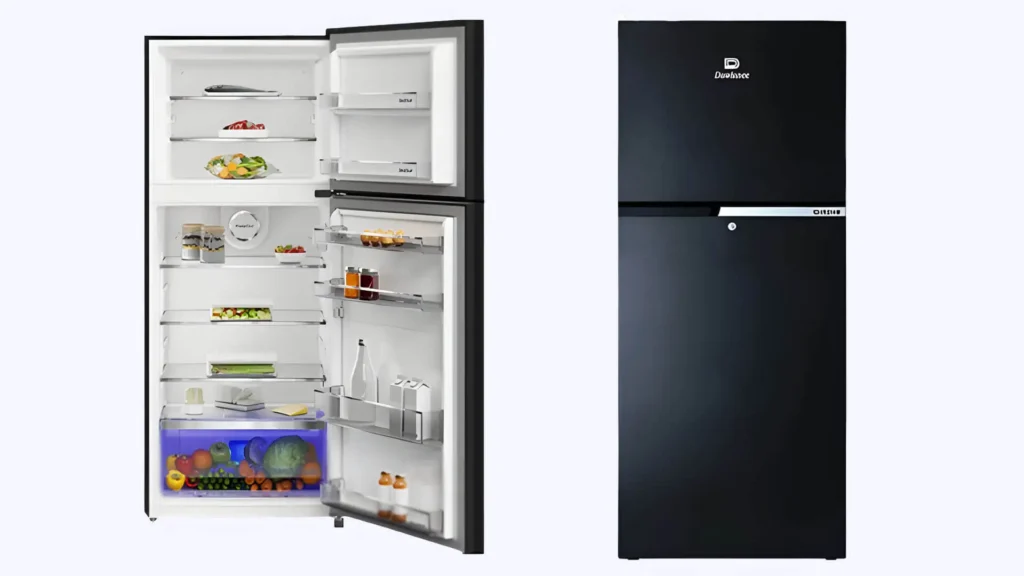
Dawlance
- Refrigerator: Somewhere in the middle of 33°F and 44°F (1°C and 7°C)
- Freezer: -2°F (-19°C)
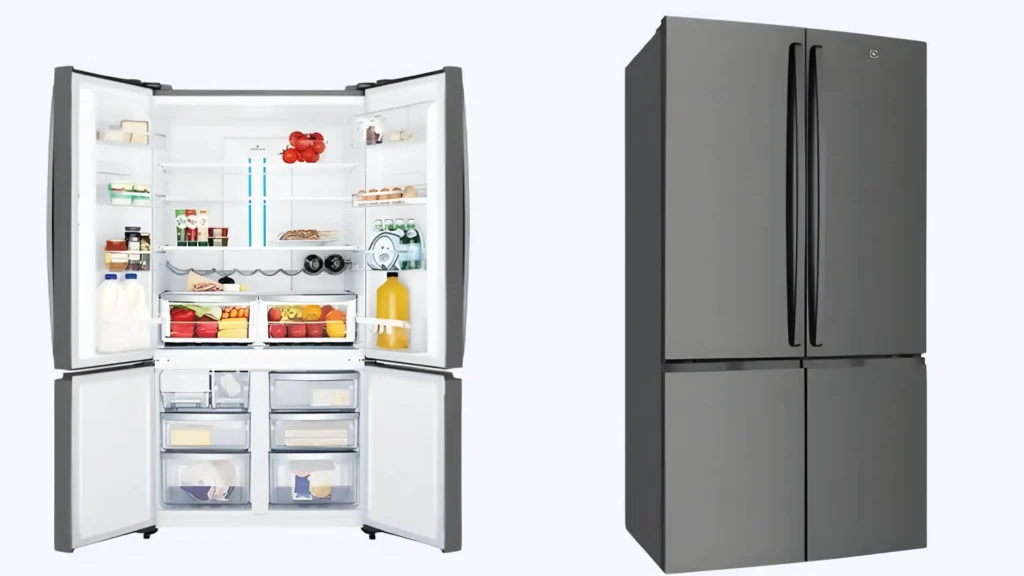
Electrolux
- Refrigerator: Between 37°F and 40°F (3°C and 4°C)
- Freezer: 0°F (-18°C)
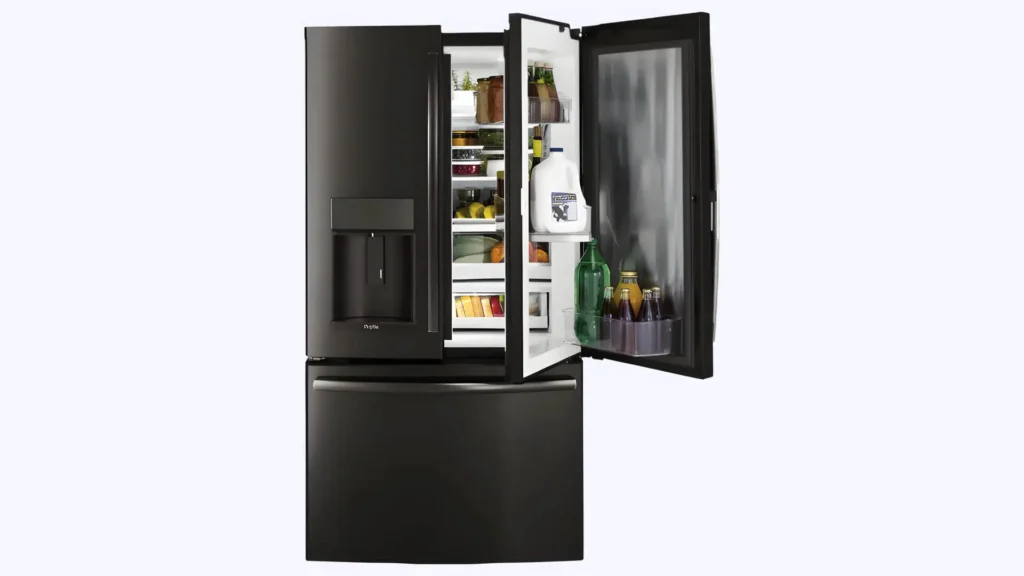
GE Appliances
- Refrigerator: 37°F (3°C)
- Freezer: 0°F (-18°C)

Haier
- Refrigerator: Between 35-40 degrees °F (1.8-4°C)
- Freezer: 0°F (-18°C)
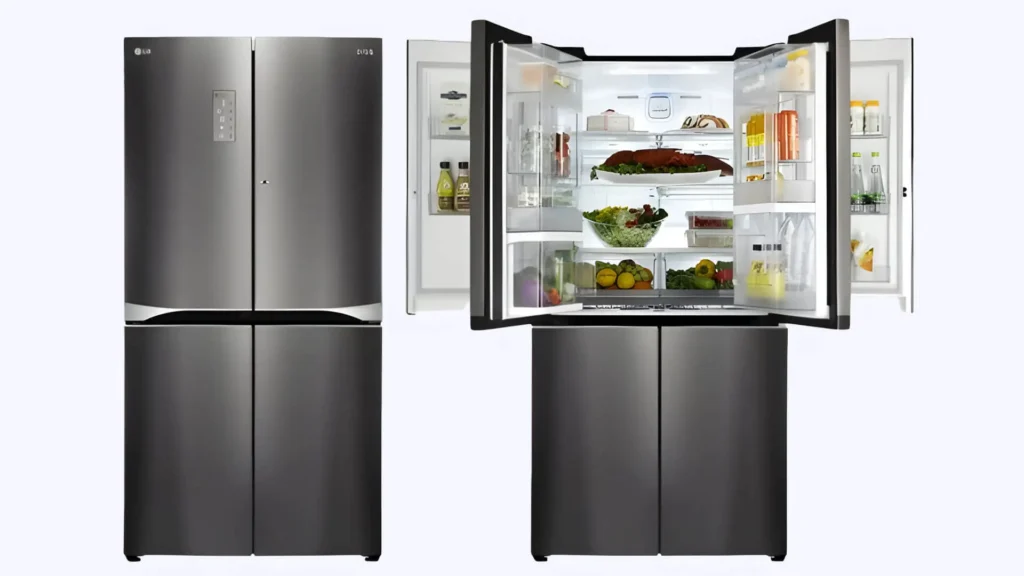
LG
- Refrigerator: 37.4°F (3°C)
- Freezer: -0.4°F (-18°C)
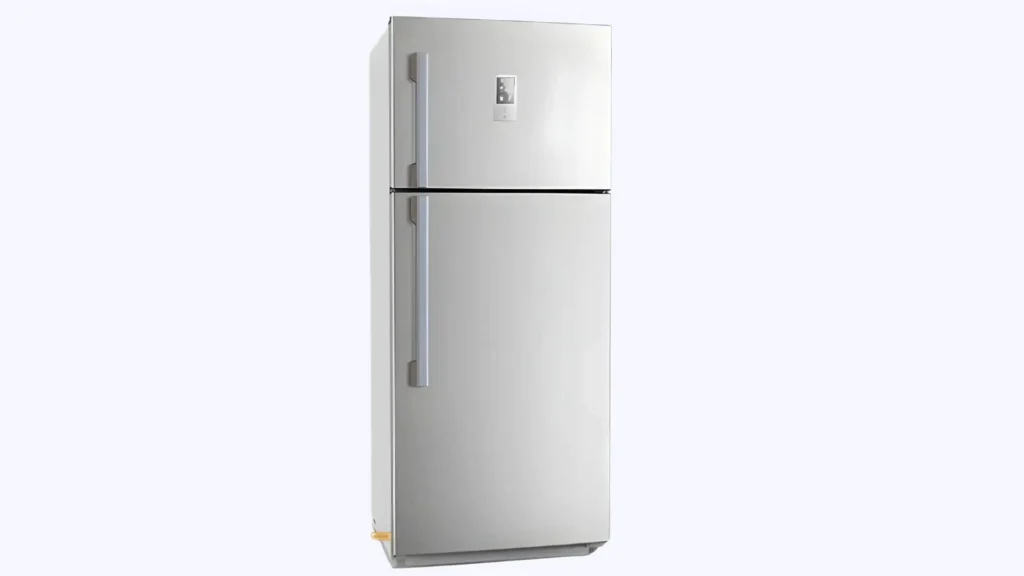
National
- Refrigerator: Between 35° and 38°F (1.67°C and 3.33°C)
- Freezer: 0°F (-18°C)
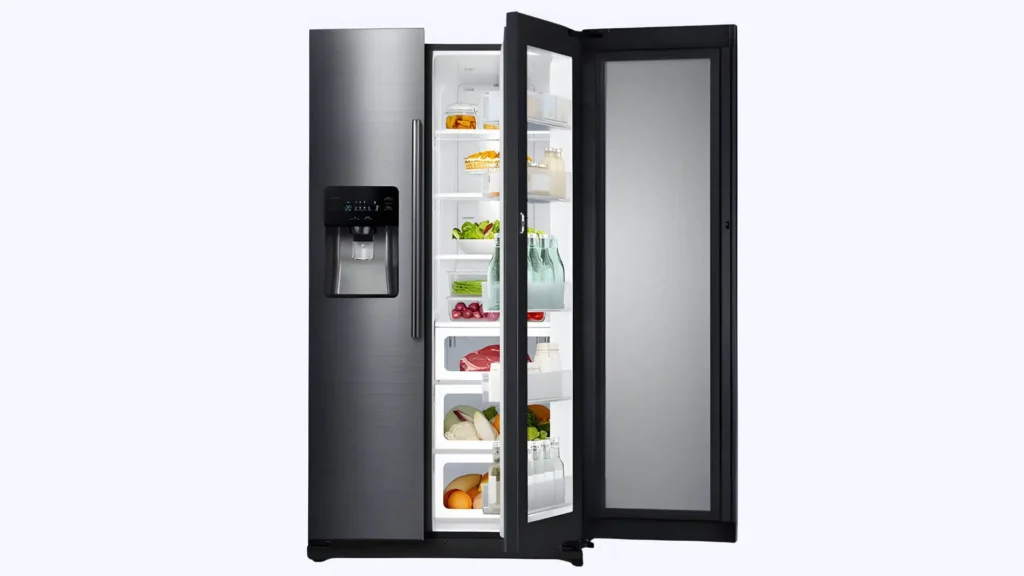
Samsung
- Refrigerator: 38°F (3°C)
- Freezer: -2°F (-19°C)
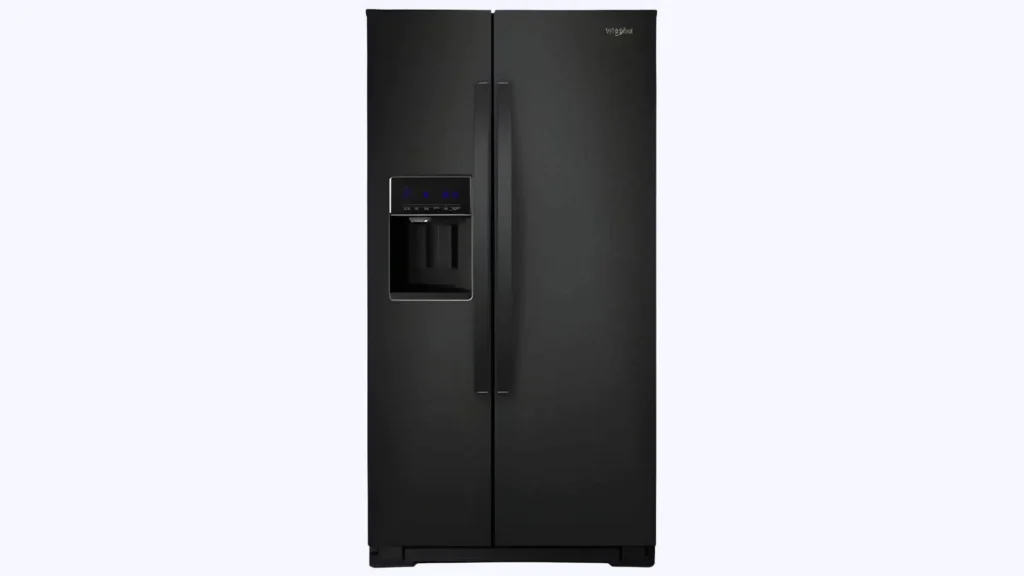
Whirlpool
- Refrigerator: At or below 40°F (4°C)
- Freezer: 0°F (-18°C)
4. Purchase Energy-Efficient Appliances
The households in Pakistan waste around 25% of electricity due to inefficient appliances, according to new research.
Energy-efficient appliances cost around 20% more than conventional power appliances. Despite them being so costly, customers still prefer buying them. Because in the long run, they can be a good source to lower electric bills.
So, make a purchase wisely to enjoy long-term cost savings. If you are looking to buy a new washing machine, water dispenser, refrigerator, microwave oven, or lighting devices. opt for an energy-saving model.
Similarly, shifting to energy efficient motors in both industries and homes can leave additional positive impact. This will further reduce electricity consumption thereby resulting in lower bills.
5. Switch from Normal Lights to LED Lighting
A Light Emitting Diode (LED) is more energy-efficient with 90% higher illumination than traditional incandescent bulbs.
Replacing incandescent lighting with LED bulbs can save you up to $225 (Rs. 60,000+) per year. Because:
- LEDs consume more than 75% less energy than incandescent bulbs.
- An LED light can last up to 50,000 to 100,000 operating hours.
- The lifespan of an LED can roughly be around five to 10 years.
Switching to LED lighting is therefore the best option for you to reduce electricity bills. Moreover, here I bring the latest but sad news for incandescent lighting fans.
Authorities across the world have been coming forward imposing a complete ban on sales of incandescent bulbs.
The Biden Administration in United Stated has recently banned incandescent bulbs nationwide in August 2023, according to Architectural Digest.
6. Install Efficient Dimmer Switches
Installing dimmer switches brings lighting, and electricity consumption, more into your control. You can adjust brightness and create ambiance around you as you desire for.
In this way, a proper use of dimmers can lead to a controlled consumption of power. This means that you should ultimately pay less for your electricity bills.
7. Choose Inverter Air Conditioners and AC/DC Fans
Inverter air conditioners consume about 40% to 60% less energy as compared to the standard ACs. Although inverter ACs are generally more costly, investing in them is a win-win.
Inverter air conditioners are more energy efficient. So, they can save you a nominal amount when it comes to saving on bills.
To take a more informed and wise decision, learn more about the cost of installing air conditioners. Meanwhile, we take you to the next useful read.
During hot summers, regular domestic fans usually run for over 20 hours a day. This impacts your target consumption badly resulting into higher energy bills.
It is therefore a good idea to switch on to AC/DC fans. Because their efficiency is threefold when it comes to power consumption. With 99.9% copper wires, these fans only consume 35 Watts of power to operate for a day.
Their excellent manufacturing quality features copper cores and an appropriate gauge to maximize performance. Always a good choice, right?
8. Wash Clothes in Warm or Cold Water
You might have seen households around you burning their stoves for hours to heat water for laundry. Doing so can result in wrinkling, shrinking, and fading of the clothes.
The wise move is to always stick to warm or cold water when you do laundry or wash clothes. This can help you in two ways; prevent damage to your clothes and decrease your electric bill.
9. Avoid Using Heavy Electronics During Peak Hours
The peak hours are usually from 5 PM till 11 PM. However, in some areas, this can be a little different as from 5 PM to 10 PM.
This is the time from evening till before midnight when electricity consumption reaches its apex. Everybody is home from their jobs, and most of the electronics are in use during this time.
Preparing the dinner, getting ready your clothes for the tasks scheduled tomorrow, and a lot more work at home. The electric meter outside your house is constantly running nonstop.
You see, from microvans to washing machines, from air conditioners and electric irons, all heavy electronics are in operation. This results in increased bills, adding more pressure on you to manage your budget.
Because the cost per unit consumed during peak hours is higher than normal. It is thus advised to avoid using heavy electronics during this timeframe.
10. Paint Your Roof White
We have found readers asking, “what color roof is most energy efficient?” Well, here is the answer to your question.
White or light-colored roofs absorb less heat, and they can reflect approximately 90% of the sunlight. This means that a white roof can save energy by up to 20%.
White rooftops are 50°F (10°C) degrees cooler than traditional flat rooftops, according to the U.S. Department of Energy. This translates into lower energy bills while increased savings.
According to a study, painting 92 square meters (1,000 square feet) of roofs white can reduce the emissions of carbon dioxide by 10 tonnes.
This translates to the equivalent of taking 2,242,480 cars off the road for 20 years if an estimated 2500 square kilometers of roofs were painted white in Karachi, Pakistan.
White Roof Benefits
We can therefore conclude that painting a roof white can:
- Decrease roof temperature and the temperature inside your house
- Contribute to a longer-lasting roof
- Decrease your energy consumption
- Lower electricity demand during peak hours, which means less outages and loadshedding
- Help you reduce bills and save money to enjoy a convenient lifestyle.
However, white roofs may bring together their problems and own disadvantages. This can include winter heating, aesthetics, limited insulation, and maintenance challenges.
11. Invest to Install Solar Panels
An average household in United Sates uses around 29 kWh of electricity per day. However, this rate can rise to 40 kWh for homes with five or more members and/or on 3,000+ square feet.
On the other hand, the average household electricity consumption in Pakistan is approximately 6.76 kWh per day. This means 2469 kWh/year for homes on 78.91 square meters and/or a family size of seven.
So, the question is, how much do solar panels save, if you invest to install them?
How Much Do Solar Panels Save?
A good quality solar panel system remains efficient for 25 to 30 years, Forbes shares the stats. It would thus take only 10 years after the installation to cover the cost you paid.
And after that, “you would still have 17 to 22 years of savings on energy costs,” reported Forbes.
However, the wise approach here is to purchase a rather smaller solar panel system. Now, only allocate a small portion of electric devices to solar panel that frequently consume the electricity.
You would better connect the oscillating or ceiling fans, in house lights, and outdoor lighting to the solar panel.
This will bring quick results and maximum savings on energy costs. And your electric bill before and after solar panels will speak the facts.
12. Regularly Monitor Your Power Meter
Moving on with targeted stats in hand, according to your house budget, is a good strategic approach. This can prevent over usage and excessive consumption of electricity.
I mean, set an estimated target of how much energy would suffice your needs for a month. This would be based on the size of your household and the family needs.
Now, keep a keen eye on your power meter and monthly power usage to gauge for any calculations against your target. By doing so, you can comprehensively manage your electricity consumption while making necessary adjustments where needed.
13. Attain Active Taxpayer Status
Being an active taxpayer is a good trait because this in return benefits you. But little did you know that this could save you from paying extra money on your bills.
In Pakistan, the Federal Board of Revenue (FBR) has been taking measures to encourage tax payment in different ways. The FBR rewards many incentives to the filers as compared to non-filers, the two categories of taxpayers.
The power consumers in Pakistan must pay a withholding tax of 7.5% each month on electricity bills over PKR 25,000. But if you are a filer, or active taxpayer, you can have the leverage of avoiding this tax.
Conclusion
As earning money needs smart actions to take, so does the managing and spending of it. Adopt our tips to reduce electricity bill and enjoy a more energy-efficient and cost-effective future.
This article precisely focused on empowering you to take control of your energy usage.
But this may not be the only answer to the question, how to reduce electricity bill? You can adopt devices and ways to reduce electric bill as per your own needs and requirements.
Keep visiting fescobil.pk for more useful information and the latest updates.
Thank you for joining us!

